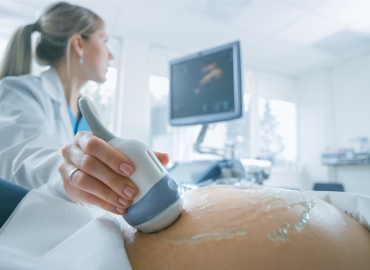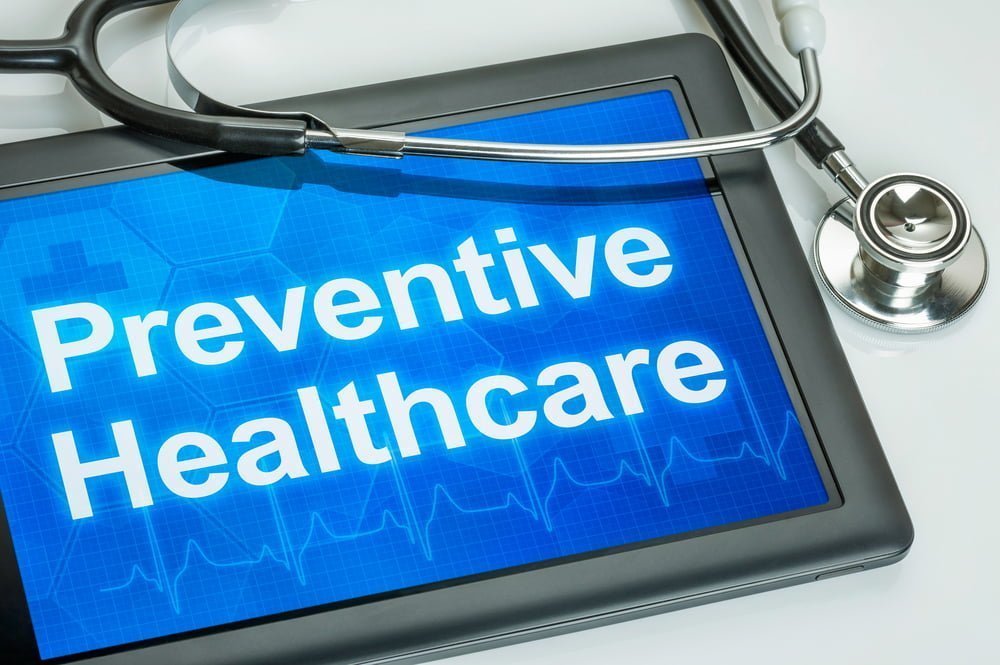From Paper to Screen: The Evolution of ECG Technology for Patients
Introduction
Electrocardiography (ECG) technology has revolutionized the diagnosis and monitoring of cardiovascular conditions. Over the years, ECG technology has undergone remarkable advancements, transitioning from traditional paper-based systems to modern digital solutions. This evolution has significantly improved patient care, providing healthcare professionals with faster, more accurate, and easily accessible data.
Paper-Based ECG Systems
In the early days, ECG recordings were made using paper-based systems. Patients would have electrodes attached to their chest, which would capture the electrical activity of the heart. The signals were then transmitted to a machine that recorded the data onto paper strips. Although this method was groundbreaking at the time, it had limitations. Paper-based ECGs were time-consuming, required manual analysis, and posed challenges in storing and sharing patient records.
Digital ECG Machines
Advancements in electronics and computing led to the development of digital ECG machines. These devices replaced the paper-based recording with digital displays, allowing healthcare professionals to visualize and analyze ECG data patterns in real-time. Digital ECG machines offered automatic measurements and calculations, enhancing accuracy and reducing the risk of human error. Furthermore, the digital format enabled easy storage, retrieval, and sharing of patient records, improving collaboration between healthcare providers.
Portable ECG Devices
One of the significant milestones in ECG technology was the introduction of portable devices. These compact and lightweight ECG monitors allowed patients to perform ECG recordings outside of clinical settings, providing convenience and flexibility. Portable ECG devices are often integrated with smartphones or tablets, enabling patients to transmit their data wirelessly to healthcare providers for remote monitoring. This innovation has proven particularly beneficial for individuals with chronic conditions, enabling early detection of abnormalities and timely intervention.
Wearable ECG Technology
The advent of wearable devices has taken ECG technology to new heights. Modern wearable ECG monitors, such as smartwatches and fitness trackers, have the capability to continuously monitor heart activity throughout the day. These devices utilize advanced sensors to capture ECG signals and employ sophisticated algorithms to detect irregularities or arrhythmias. Wearable ECG technology empowers individuals to take charge of their cardiovascular health, providing real-time feedback and generating comprehensive reports for medical professionals.
Conclusion
From the era of paper-based ECGs to the present digital and wearable technologies, the evolution of ECG technology has greatly benefited patients. The transition to digital systems has improved efficiency, accuracy, and accessibility of ECG data, enabling faster diagnoses and streamlined patient care. Portable and wearable ECG devices have empowered individuals to actively monitor their heart health, facilitating early intervention and preventive measures. These advancements have transformed cardiovascular care, leading to better patient outcomes and proactive management of cardiac health.
















